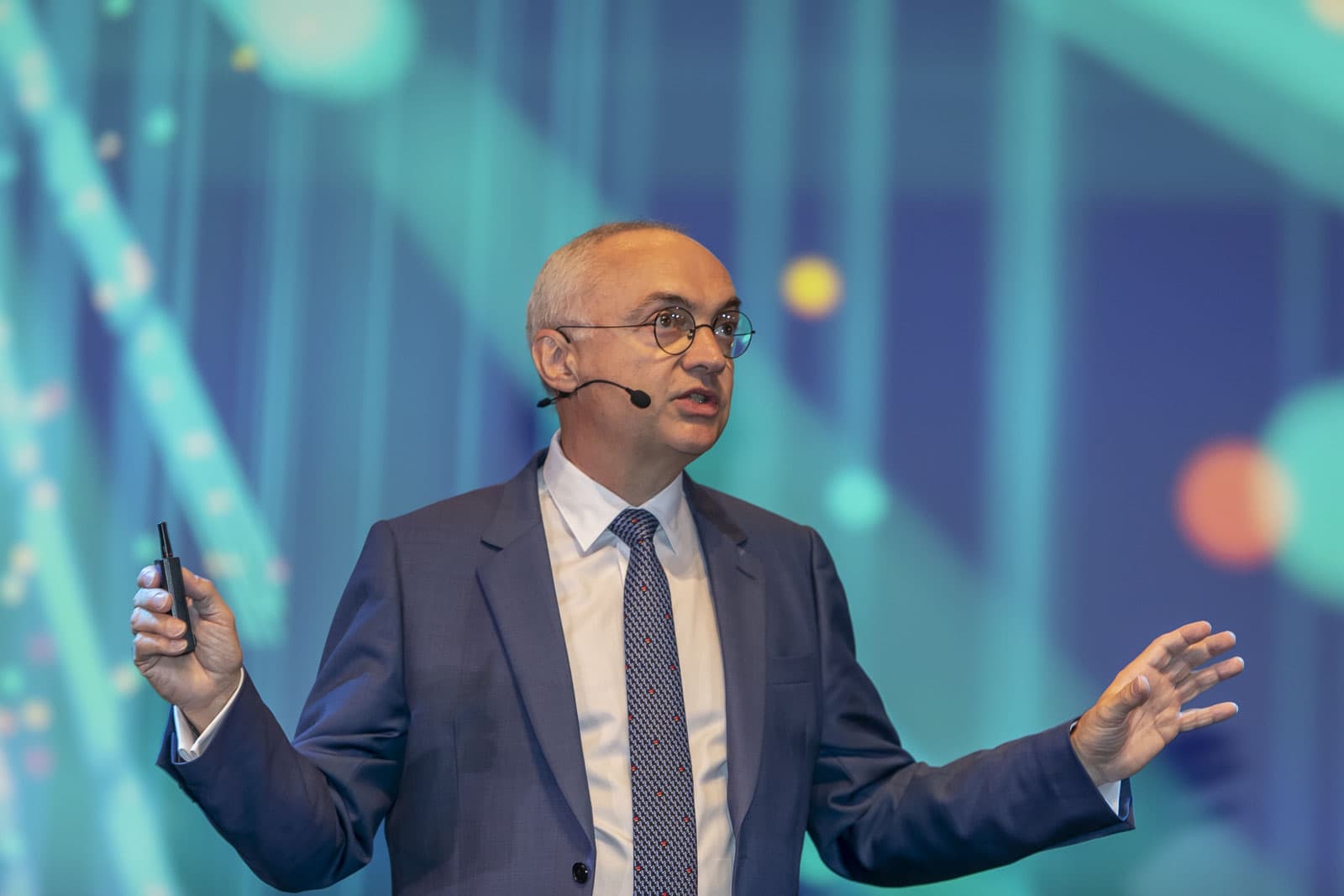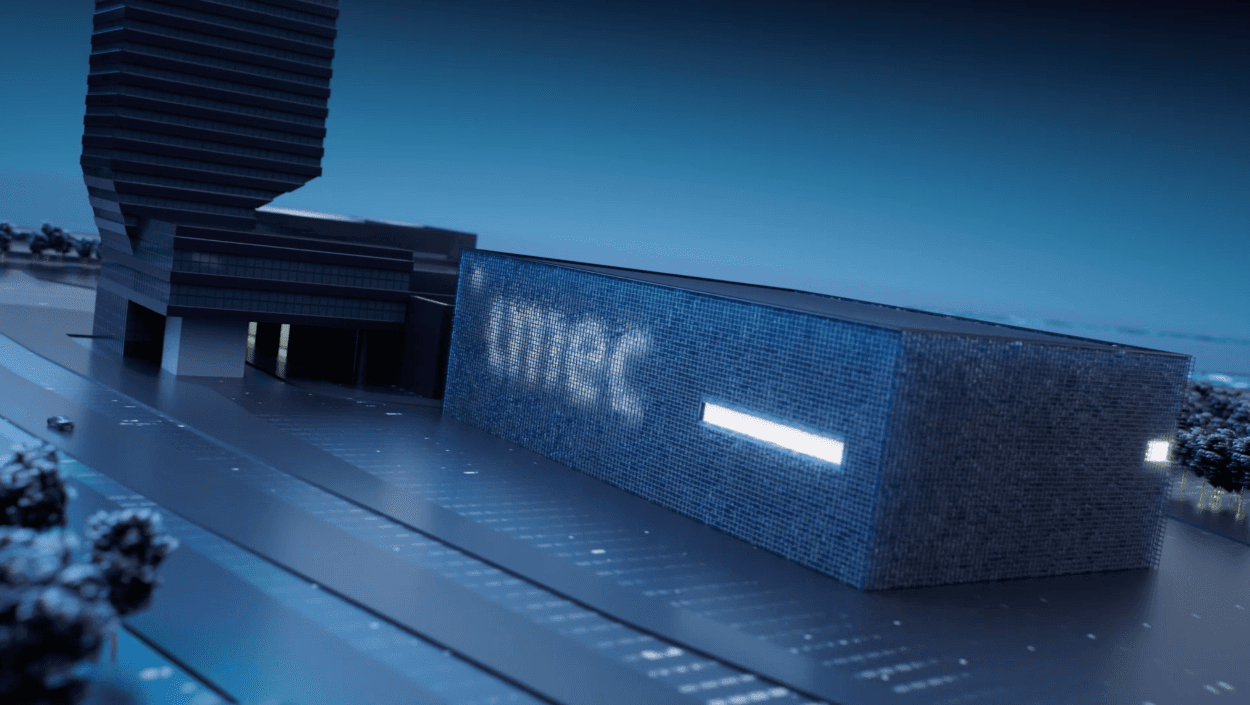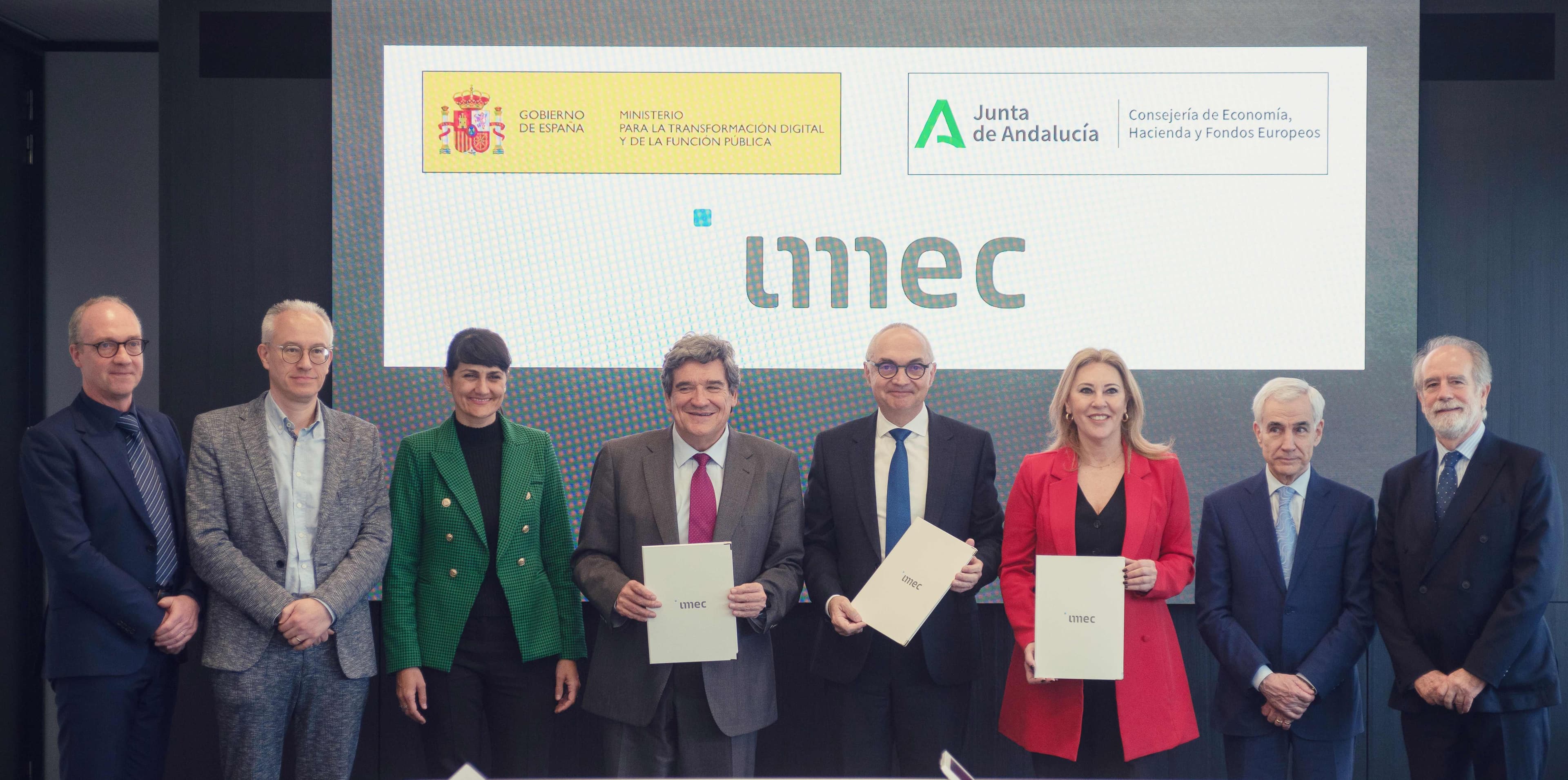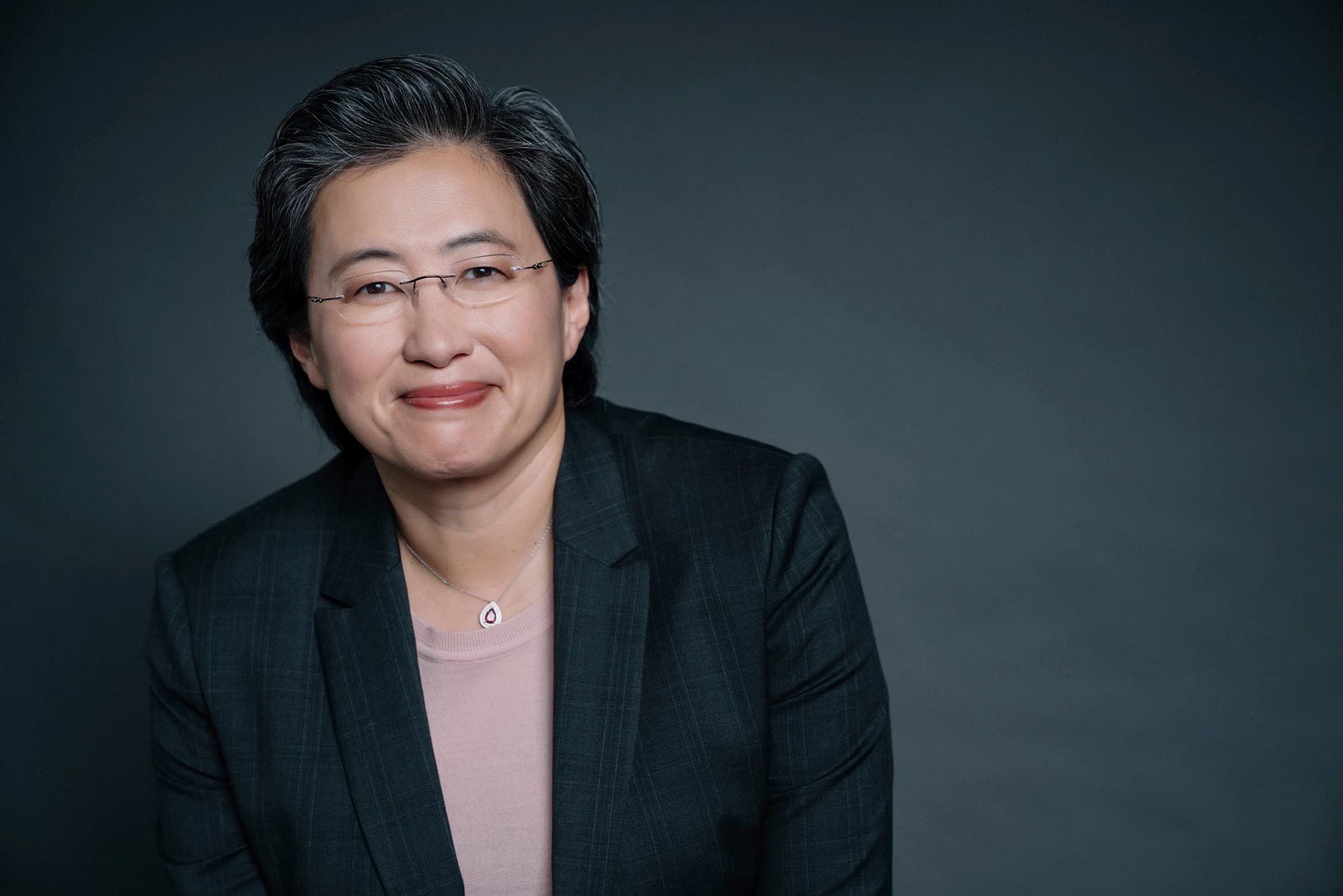The coronavirus pandemic is leaving its mark in many ways. Bringing public health services to the brink of collapse and severely impacting our social interactions, it has turned the lives of billions upside down. And today, that very same virus is at the basis of what might go down in history as the ‘Great Microchip Shortage’.
I sometimes get questions about how microchip shortages managed to take us completely off guard, much like the actual coronavirus. I know that one thing is certain: over the last few decades, people have come to see microchip technology as a commodity that is embedded in cars, smartphones and countless other household and industrial appliances. But today, we know better. It’s clear that chip shortages have a firm grip on the world, causing supply chains to be stretched to their absolute limits.
Not surprisingly, everyone is looking at the semiconductor industry to sort things out and to prevent such crunch from ever happening again. It will undoubtedly be chipmakers’ biggest challenge of 2022.
A perfect storm
Experience has taught us that lockdown and telework measures are powerful tools for curbing the number of COVID-19 infections. At the same time, however, they generated a massive demand for personal computers, displays, keyboards and webcams – and came with a rush for all kinds of game consoles.
During the first few months of the pandemic, chip manufacturers were able to respond to the world’s changing needs pretty quickly. To do so, the orders from industry sectors that initially suffered greatly from the pandemic (such as the automotive industry) were replaced with those from the fast-growing home electronics sector. It was a coping strategy that did well... until consumers started to buy cars and other consumables again.
Add to that the geopolitical tensions of the past two years. Those tensions caused certain players to start stockpiling microchips, thus putting even more stress on chipmaking companies.
It is the combination of these elements that created a perfect storm.
The way out: strengthening and connecting the semiconductor industry’s existing strengths
The current crunch has made it abundantly clear that virtually each economy and industry sector depends heavily on the availability of microchips. To mitigate this vulnerability, 2021 saw the announcement of several regional Chips Acts. With these Acts, the world’s leading economies want to ensure that access to the most advanced chip technology is safeguarded at all times.
Some fear that the implementation of the Chips Acts might be at the basis of a total disruption of the semiconductor market. But that is not how I see things. In the end, the global semiconductor market is still very much connected! And this is a good thing, because the gigantic leaps our industry has made in recent decades are the very result of global cooperation.
In a nutshell, that is the message I try to convey during my meetings with key stakeholders as well: don’t take the route of protectionism, as this will only slow all of us down. Instead, the real way out can be found in strengthening and connecting the semiconductor industry’s existing strengths. That is the strategy allowing us to make optimal use of our collective knowledge and expertise.
Leveraging today’s sense of urgency to create a long-term action plan
In other words: quite similar to 2021, the new year will have us looking for new equilibria. And if the coronavirus pandemic has taught us one thing, it is that panic does not get us anywhere.
We should leverage today’s sense of urgency to set things in motion and create a long-term action plan that prevents the current chip crunch from ever happening again. That, to me,should be the philosophy behind the Chips Acts. This is the exercise we all will have to work through in 2022.

Luc Van den hove has been imec’s president and CEO since July 1, 2009. Prior to that, he served as the research center’s executive vice president and chief operating officer. He joined imec in 1984, starting his research career in the field of silicide and interconnect technologies. Luc Van den hove received his Ph.D. in electrical engineering from the KU Leuven, Belgium. He has authored or co-authored more than 200 publications and conference contributions.
Published on:
3 January 2022












